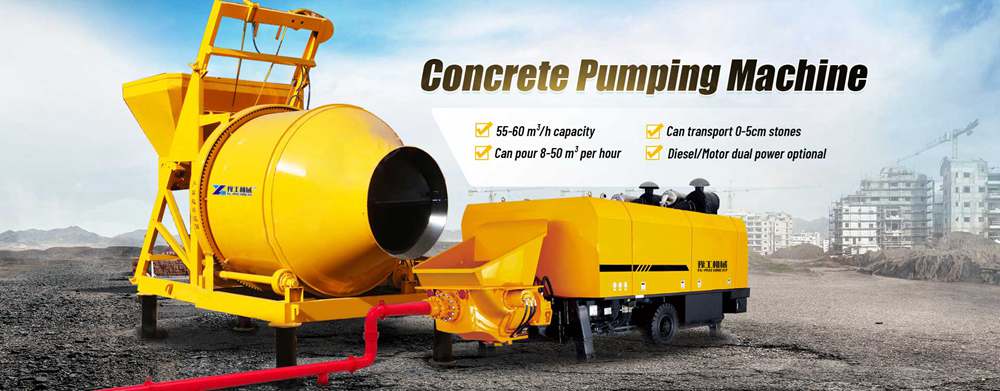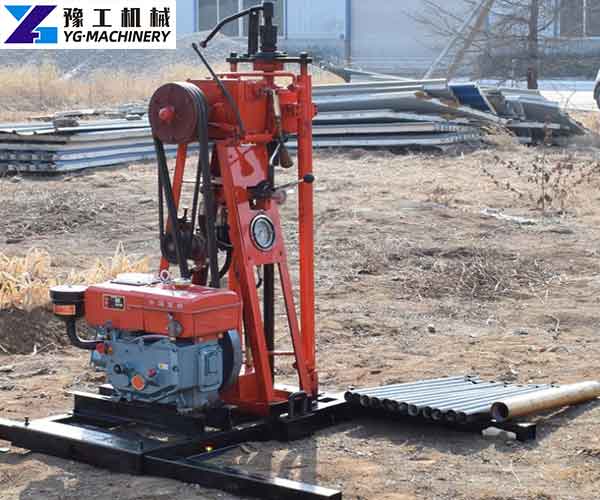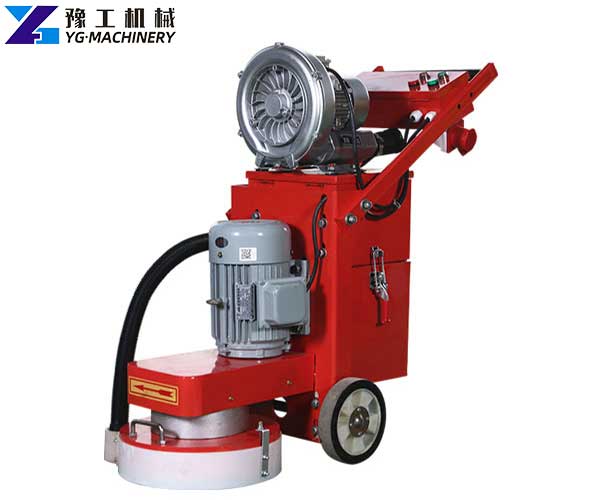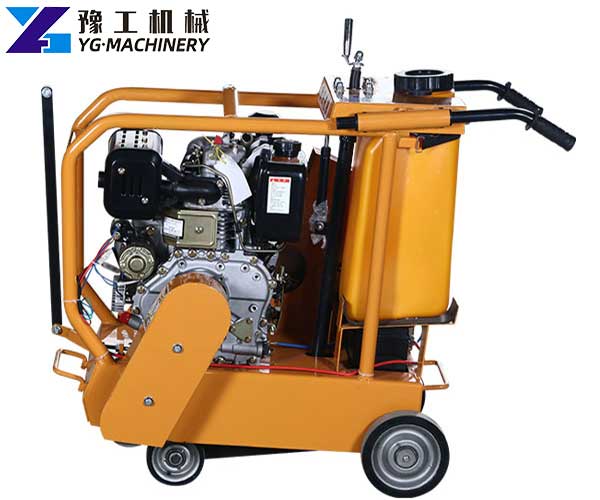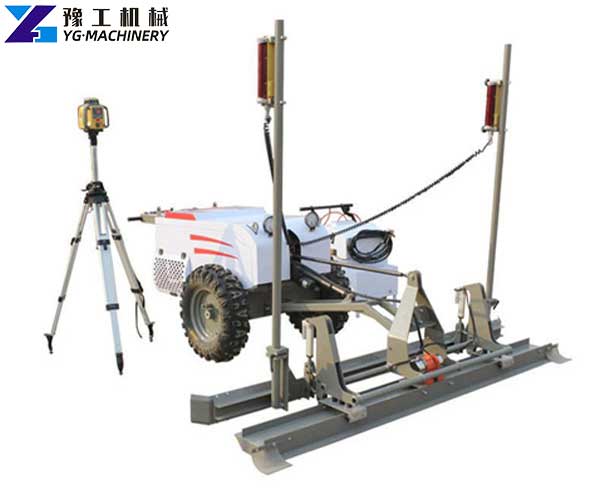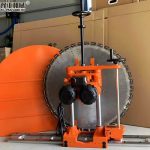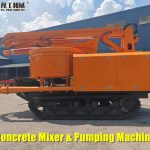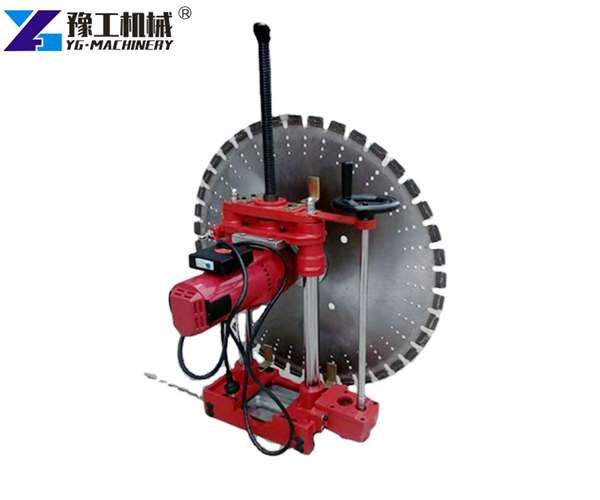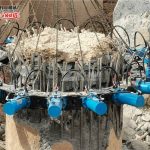May is gradually coming to an end, and the pace of summer is getting closer and closer. Summer is a season of the frequent occurrence of concrete engineering quality accidents. In summer, the temperature is high and the temperature difference between day and night is large. So here I will tell you the precautions for the use of a concrete batching plant in summer.
Mobile concrete is prone to two phenomena:
- Condensation phenomenon: affects the construction progress of the project;
- Frost heave damage: There is obvious hysteresis, and it mostly appears in the early or late spring thawing, resulting in the reduction of concrete strength, impermeability, and durability, affecting the quality of the project and making it more difficult to handle.
For concrete poured in winter, in order to avoid the occurrence of the above phenomena as much as possible, I will now talk about my personal views on the precautions for the construction of concrete batching plants in winter.
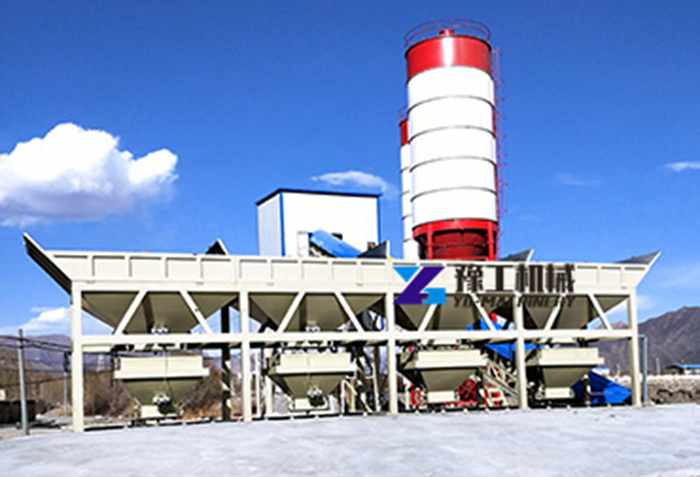
First, the selection of raw materials and temperature control
1. Cement
Portland cement, ordinary Portland cement, and early-strength cement should be preferred to improve the early strength of concrete and reduce the frequency of frost damage.
2. Sand/stone
The stock sand should be used first, because the stock has a low relative moisture content, produces fewer frozen blocks, and has relatively stable performance; if new sand is introduced in winter, the water content of the incoming sand should be strictly required (controlled below 4%) to reduce The freezing probability and the frequency of adjusting the mixing ratio during production ensure the quality of the concrete. The relative water content of the stone is low, and the probability of freezing blocks is small, so it should be avoided to be showered by rain and snow. In order to ensure the normal use of aggregates, it is recommended to cover the sand and stones on site with sand nets or felts to protect them from rain and snow and to play a certain role in thermal insulation. The stacking height of yellow sand and gravel should be appropriately increased. It is advisable to stack 5~8m if the material is sufficient to reduce the freezing layer and protect the internal temperature.
3. Water
The mixing water is drinking water. In winter, hot water should be used for stirring, and the water temperature should be controlled at about 60 °C, but not higher than 80 °C.
4. Additives — antifreeze (antifreeze pumping agent, hereinafter referred to as antifreeze)
Antifreeze contains antifreeze components, which can reduce the freezing point of water, so that concrete is still hydrating under negative temperature conditions. In order to reduce the cost of concrete, many concrete batching plants reduce the number of admixtures, which is not desirable. If the concrete is frozen because the amount of antifreeze is insufficient or the temperature is too low, it will still cause frost damage and reduce the strength and durability of the concrete. Therefore, when testing and using admixtures, we must strictly control the performance of antifreeze and the dosage of admixtures. In order to pursue economic benefits and reduce costs, many admixture factories add a large amount of chloride salt to replace the number of active ingredients such as nitrite and triethanolamine in the process of compounding antifreeze additives. This virtually increases the content of chloride ions in the concrete, which will have a serious impact on the durability of the concrete. Therefore, when the antifreeze enters the factory, not only the water reduction rate, compressive strength ratio, gas content, condensation time, etc., but also the chloride ion content should be tested. Before storing antifreeze in the admixture tank, keep the tank clean and leak-free. If the admixture tank originally stored the admixture at room temperature, in order to avoid the confusion of two admixtures with different properties, the original admixture or the residue of the admixture in the tank should be cleaned before storing the antifreeze.
5. Admixtures
Due to the different fineness of the admixtures such as fly ash and mineral powder, the micro-aggregate effect occurs in the concrete, which improves the compactness of the concrete, that is, the strength, frost resistance, and durability of the concrete are improved. Ash and mineral powder can prolong the time of cement hydration. Therefore, the amount of admixture should be appropriately reduced during construction in winter.
Two, Temperature control of equipment
In order to save costs, many batching plants have relatively simple equipment and facilities. After the construction in winter, the equipment cannot operate normally, which not only wastes a lot of manpower, material, and financial resources but also delays time. The untimely supply affects the company’s reputation. In order to ensure the normal operation of the equipment and the normal production of concrete, the discharge port of the aggregate bin, the admixture tank, and the mixer should be closed, and heating points (stove, electric heater) should be set up. Heating. Boiler heating should be used if conditions permit, and the heating pipeline should run through the discharge port of the aggregate silo, the admixture shed, the pool, the mixer shed and the operation room, which not only saves time and effort but also better guarantees the temperature and work of the concrete. performance.
Three, the Concrete truck
For the mixer trucks under the jurisdiction of the company, outsource thermal insulation quilts before construction in winter to keep the mixer trucks warm to ensure that the temperature of the concrete is not lost during transportation. After the mixer truck is loaded, it is strictly forbidden to add water to the truck at will to prevent the quality of delivery due to changes in the concrete water-cement ratio during transportation. After the mixer truck is rinsed, the water in the tank should be drained in time to prevent icing and causing quality hazards.
Fourth, the control of the production process
The testers test the moisture content and temperature of sand and stone every day and increase the number of tests in rainy and snowy weather. According to the northern climate conditions, the concrete only needs to be mixed with hot water, and the aggregate does not need to be heated. The quality inspector must check the temperature of the mixing water before each opening, which should not be higher than 80°C to prevent false coagulation of the concrete; it should not be lower than 40°C to ensure that the temperature of the concrete entering the mold should not be lower than 5°C. Strictly control the amount of antifreeze and prolong the mixing time of concrete to ensure the uniformity of concrete.
Read also: Concrete pump for sale
Five, the quality control of concrete after the appearance
The following five points should be paid attention to in the quality control of concrete after appearance.
- Arrange quality inspectors at the construction site of the project to be responsible for on-site vehicle deployment and concrete quality control. Compress the discharge time of the concrete as soon as possible to ensure the temperature of the concrete entering the mold.
- Before pouring concrete, the quality inspector at the construction site should check whether there are frozen blocks of snow on the surface of the formwork and other factors that affect the quality of the concrete.
- After the concrete pouring is completed, the construction unit shall be notified in time, and the concrete shall be covered with plastic films and blankets and other thermal insulation and maintenance work to ensure that the concrete will not be damaged by freezing before the initial setting; Before 1.2MPa, it is not allowed to step on, support formwork and load on it.
- After the concrete is poured, the quality inspector should promptly remind the tanker driver to unload the concrete mixer truck with water.
- If the difference between the surface temperature of the concrete and the ambient temperature is greater than 20°C after the removal of the formwork, measures should be taken to protect it by covering it with heat preservation.
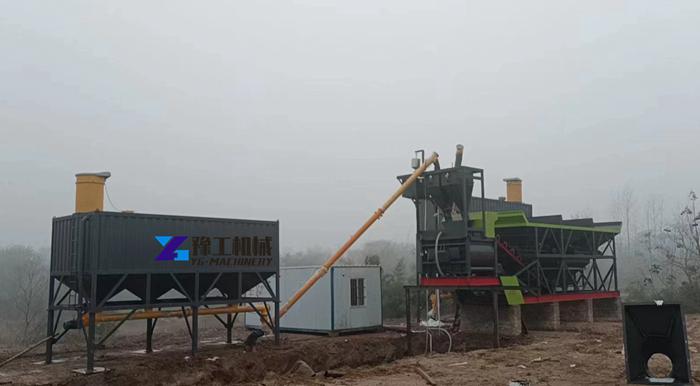
The above are the issues that need to be paid attention to in the concrete batching plant in summer. In order to achieve the quality of the concrete, it is inseparable from the joint efforts of all employees of the batching plant and the cooperation of other departments of the project.

